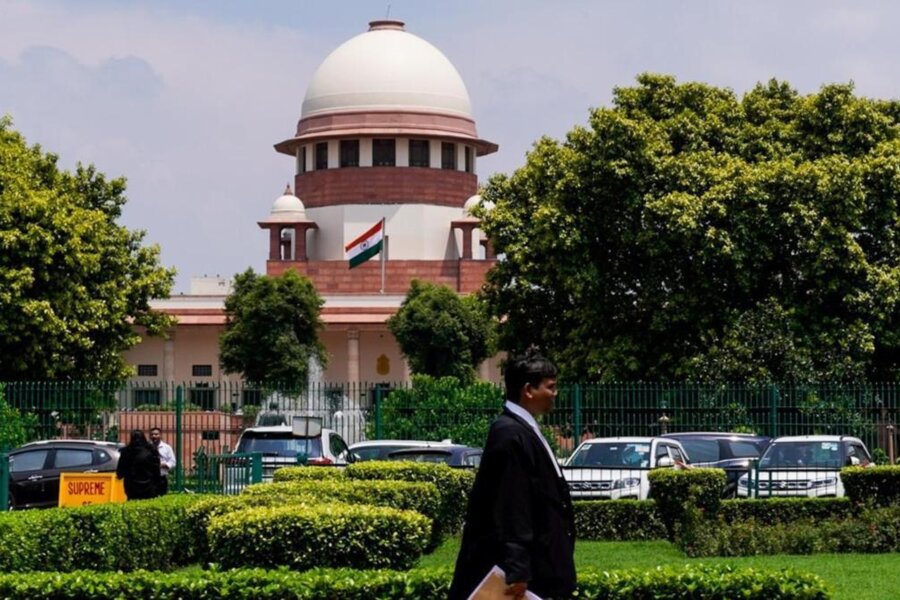Best Bankruptcy Lawyers in Central
Share your needs with us, get contacted by law firms.
Free. Takes 2 min.
List of the best lawyers in Central, Philippines
About Bankruptcy Law in Central, Philippines
Bankruptcy law in the Central Philippines deals with the legal process by which individuals or businesses unable to meet their financial obligations can seek relief from some or all of their debts. This area of law ensures both debtors and creditors are treated fairly, while providing an opportunity for financial rehabilitation for the debtor. In the Philippines, the Financial Rehabilitation and Insolvency Act (FRIA) is the primary legislation governing bankruptcy proceedings, providing for both voluntary and involuntary liquidation of assets.
Why You May Need a Lawyer
Bankruptcy proceedings can be complex and emotionally taxing, often requiring expert navigation to ensure appropriate filing and asset management. Common situations where legal assistance may be required include:
- Unmanageable debt and inability to repay loans
- Creditors threatening legal action
- Small businesses facing financial distress
- Understanding eligibility for debt relief or restructuring options such as rehabilitation or liquidation
- Protecting personal or business assets during insolvency proceedings
Local Laws Overview
The Financial Rehabilitation and Insolvency Act (FRIA) of 2010 is the key piece of legislation overseeing bankruptcy in the Philippines. This law provides various options for individuals and businesses in financial distress, including:
- **Homestead Provisions**: Protecting a certain amount of equity in a debtor's residence
- **Rehabilitation Route**: Allows financially distressed enterprises to recover through a court-supervised rehabilitation plan
- **Insolvency Proceedings**: Covers both voluntary and involuntary liquidation of assets, with the goal of equitably distributing proceeds among creditors
- **Stay Order**: Automatic pause on all collection efforts during bankruptcy proceedings, which shields the debtor from aggressive creditors while a resolution is sought
Frequently Asked Questions
What qualifies me to file for bankruptcy in Central, Philippines?
You qualify if you or your business are unable to meet financial obligations when they come due. Specific criteria must be met, as outlined in the Financial Rehabilitation and Insolvency Act.
What is the difference between insolvency and bankruptcy?
Insolvency refers to the situation where you cannot pay your debts, while bankruptcy is a legal declaration of that insolvency, often involving a court proceeding to manage asset distribution or debt reorganization.
Will I lose all my assets if I file for bankruptcy?
Not necessarily. Certain assets may be protected or subject to exemptions under homestead provisions or bankruptcy laws. A legal professional can provide guidance specific to your situation.
How long does the bankruptcy process take?
The duration varies depending on whether you proceed with rehabilitation or liquidation. Rehabilitation may take a few years, while liquidation might be shorter, depending on asset complexity.
Can bankruptcy clear all my debts in Central, Philippines?
Not all debts may be discharged in bankruptcy. Certain debts, such as government taxes or obligations arising from fraud, are typically not dischargeable.
What is an involuntary bankruptcy proceeding?
An involuntary bankruptcy is initiated by creditors when a debtor fails to meet obligations, forcing the court to manage debtor’s assets to satisfy creditors.
How can bankruptcy affect my credit rating?
Bankruptcy will likely have a negative impact on your credit rating, but it also provides a chance to rebuild credit over time once debts are restructured or discharged.
Is bankruptcy a public process?
Yes, bankruptcy proceedings in the Philippines are generally public, meaning details of the case might be recorded in public records.
How can I prevent my home from being repossessed in bankruptcy?
Under certain conditions, your home might be protected by homestead provisions. Legal advice can help assess eligibility for preserving your home.
What should I do if a creditor continues to harass me during bankruptcy?
Once proceedings start, an automatic stay order takes effect, and continued creditor harassment should be reported to the courts, as it may be illegal.
Additional Resources
The following resources may be invaluable for those seeking further assistance on bankruptcy matters:
- **Securities and Exchange Commission (SEC)**: Overseeing jurisdiction on corporate insolvency
- **Integrated Bar of the Philippines (IBP)**: Legal resources and attorney referrals
- **Central Bank of the Philippines**: Financial advisories and regulations
Next Steps
If you suspect bankruptcy might be a solution for your financial situation, it is crucial to take the following steps:
- Consult with a specialized bankruptcy attorney who can assess your case and offer personalized advice
- Gather all financial documents, including debts, assets, income, and liabilities, to provide a complete picture to your legal advisor
- Consider attending workshops or seminars on financial management to better understand the bankruptcy process and how to rebuild financial health post-bankruptcy
Lawzana helps you find the best lawyers and law firms in Central through a curated and pre-screened list of qualified legal professionals. Our platform offers rankings and detailed profiles of attorneys and law firms, allowing you to compare based on practice areas, including Bankruptcy, experience, and client feedback.
Each profile includes a description of the firm's areas of practice, client reviews, team members and partners, year of establishment, spoken languages, office locations, contact information, social media presence, and any published articles or resources. Most firms on our platform speak English and are experienced in both local and international legal matters.
Get a quote from top-rated law firms in Central, Philippines — quickly, securely, and without unnecessary hassle.
Disclaimer:
The information provided on this page is for general informational purposes only and does not constitute legal advice. While we strive to ensure the accuracy and relevance of the content, legal information may change over time, and interpretations of the law can vary. You should always consult with a qualified legal professional for advice specific to your situation.
We disclaim all liability for actions taken or not taken based on the content of this page. If you believe any information is incorrect or outdated, please contact us, and we will review and update it where appropriate.








